Seafood exports in the first 9 months reached 7.2 billion USD, up nearly 10% over the same period last year.
Seafood exports return to growth momentum
Seafood exports in the first 9 months reached 7.2 billion USD, up nearly 10% over the same period last year. Thus, after 4 years of disruption due to the Covid-19 pandemic, war, and inflation in the world, the developments of the markets are gradually stabilizing again. Thanks to that, Vietnam's seafood exports have returned to the growth trajectory.
The export value in the third quarter reached more than 2.7 billion USD, up nearly 13% over the same period last year. In particular, key products have made significant breakthroughs such as pangasius increased by more than 13%, shrimp increased by more than 17%, crab increased by 56%, and shellfish increased by up to 95%. This year, frozen shrimp exports are still affected by the price trend that has not clearly recovered, along with competitive selling pressure with shrimp from Ecuador and India. However, Vietnam's processed shrimp still has a good position in the markets. In the first 9 months, shrimp exports brought in the highest export value with nearly 2.8 billion USD, up more than 10% over the same period last year.
Seafood recovery meets supply
The fourth quarter is forecasted to have many difficulties and challenges, because after storm No. 3, aquaculture activities in the northern provinces suffered heavy losses of nearly 6,200 billion VND with hundreds of thousands of tons of products washed away, and farming infrastructure was severely destroyed. Although it will take time to rebuild the infrastructure, at this time, the general spirit of the people is to raise as much as possible. Efforts to restore and ensure supply for the year-end market are being actively participated by all parties.
In the sea area of Van Don, Quang Ninh, from the source of loose sand preserved after the storm, members of Ngoc Thang Cooperative decided to immediately start raising mollusks such as clams, geoducks, and snails because they do not incur food costs and have products quickly. Taking short-term to raise long-term is the way to recover after the storm.
According to businesses and cooperatives, seeds are a big problem when people start to restore production. Based on the assessment of the damage, the Department of Fisheries has calculated the policy of bringing seeds from the Central and Southern regions to the North.

Mr. Tran Dinh Luan - Director of the Department of Fisheries, Ministry of Agriculture and Rural Development said: "Like shrimp, seaweed, we can support the immediate recovery of production, from now until Tet, there will be products to meet demand. As for some products, we need to regulate, it takes longer, we have a plan with the localities, which localities have breeds, which localities have damage so that we can connect supply and demand, so that farmers can have breeds, materials, food, environmental treatment chemicals, to continue to have products for longer months, early 2025".
Mr. Phan Thanh Nghi - Deputy Director of the Department of Agriculture and Rural Development of Quang Ninh province commented: "Quang Ninh has aimed to remove credit policies, working with banks to support people to borrow capital with very low interest rates, almost zero. And the credit policy, which can be mortgaged with one's production and business plan, so that people can quickly access capital and carry out reproduction".
While the northern provinces were heavily affected by storm No. 3, the southern provinces still developed stable aquaculture, some key aquaculture areas increased quite well, contributing to ensuring raw materials for export, maintaining the acceleration momentum in the last months of the year.
Changing marine farming to reach $1 billion target
Vietnam has set a target for the marine aquaculture industry to soon bring in an export turnover of 800 million to 1 billion USD by the end of this year. However, after the damage caused by storm No. 3, this target will have to be postponed to next year. To be able to reach the 1 billion USD mark next year, the calculation of marine aquaculture now needs a new mindset to adapt to natural disasters.
Just one day after the storm, these HDPE cages could be found thanks to the positioning device attached to the cage. Although the storm was strong, the current state of the cages was only changed in the handrails due to the impact, the rest was still guaranteed to be able to start production immediately. From this reality, after the standardization stage of marine farming materials, only environmentally friendly materials were used, upgrading to storm resistance was a problem for the parties.
Ms. Nguyen Thi Hai Binh - General Director of STP Group Joint Stock Company said: "Up to now, people often use the pile anchoring system, especially in Quang Ninh, which is a bottom area, a muddy seabed area, so if we use the pile system, it will be very weak. Second, we have to upgrade the HDPE cage to a storm-resistant level with a more durable design, especially the welds and assemblies that we are designing with lego, we can improve it and not only use the lego method because this method can only be raised onshore, if subjected to a storm, the lego will still be pulled out, we have to use another method which is heat welding".
Although there is a system of equipment to adapt to natural disasters, the lack of sea transfer, also known as the transfer of water surface use rights, is a major problem that makes investment capital unstable.
Currently, the cost of making a traditional wooden cage is 15-20 million VND. With HDPE cages, the investment cost of a cage is 3-4 times higher. Before the storm, there were cages worth billions of VND. However, before the sea is delivered, these cages do not have enough legal basis to mortgage to banks for loans or participate in insurance.
Mr. Nguyen Huu Dung - Chairman of the Vietnam Marine Aquaculture Association commented: "Those projects must be inspected and we provide businesses that will manufacture those equipment right in Van Don, right in Quang Ninh to provide to the people, together with the people to do it. Then proceed with inspection, registration, insurance and bank loans for investment".
Immediately after the storm, the Ministry of Agriculture and Rural Development ordered businesses and the Department of Fisheries to research solutions for connecting buoys during storms and floods, moving to buoys with the names of farmers, and moving cages to safer places during natural disasters.
It will take time to restore production in the North, so the seafood industry has set a cautious target for 2024 with export turnover reaching nearly 10 billion USD, up 7% compared to last year. The Ministry of Agriculture and Rural Development recommends that in the fourth quarter, most import markets are increasing strict standards, so businesses need to focus on sustainability certifications to continue to maintain competitiveness.
According to VTV
Source: https://doanhnghiepvn.vn/kinh-te/xuat-khau-thuy-san-quay-lai-da-tang-truong/20241009061328805



![[Photo] "Beauties" participate in the parade rehearsal at Bien Hoa airport](https://vstatic.vietnam.vn/vietnam/resource/IMAGE/2025/4/11/155502af3384431e918de0e2e585d13a)


![[Photo] Looking back at the impressive moments of the Vietnamese rescue team in Myanmar](https://vstatic.vietnam.vn/vietnam/resource/IMAGE/2025/4/11/5623ca902a934e19b604c718265249d0)





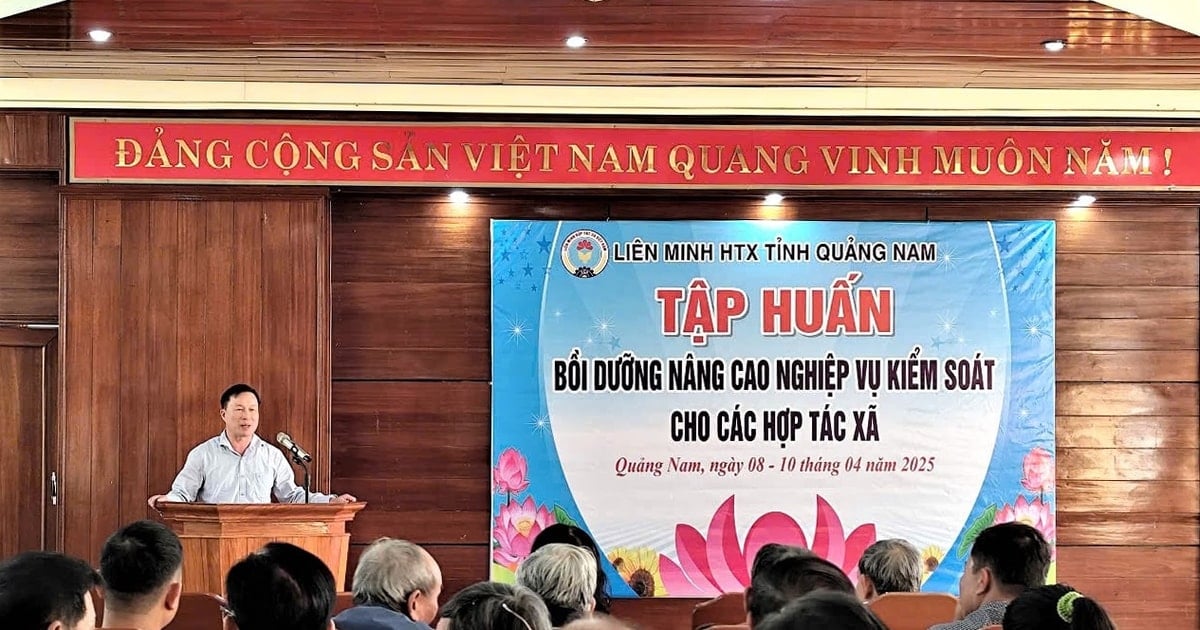

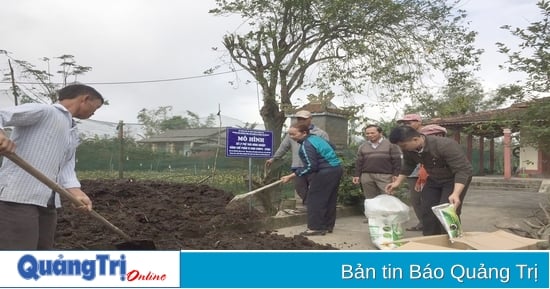

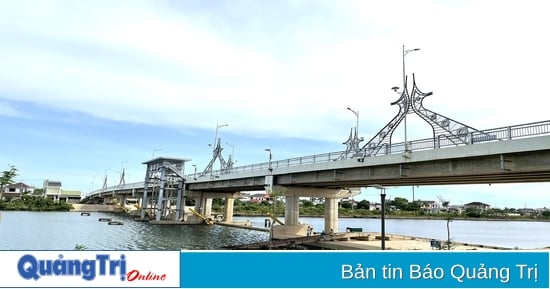


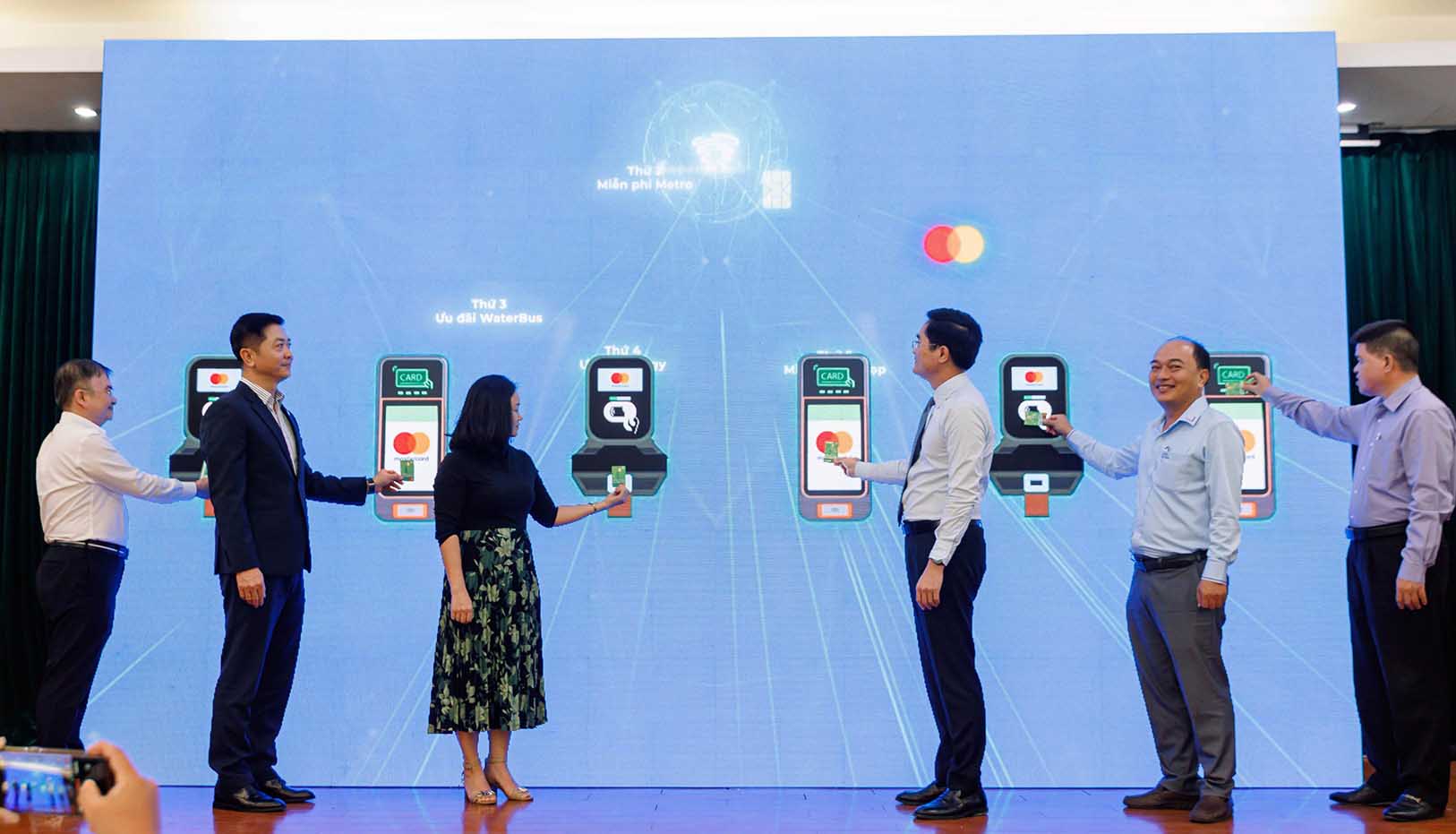

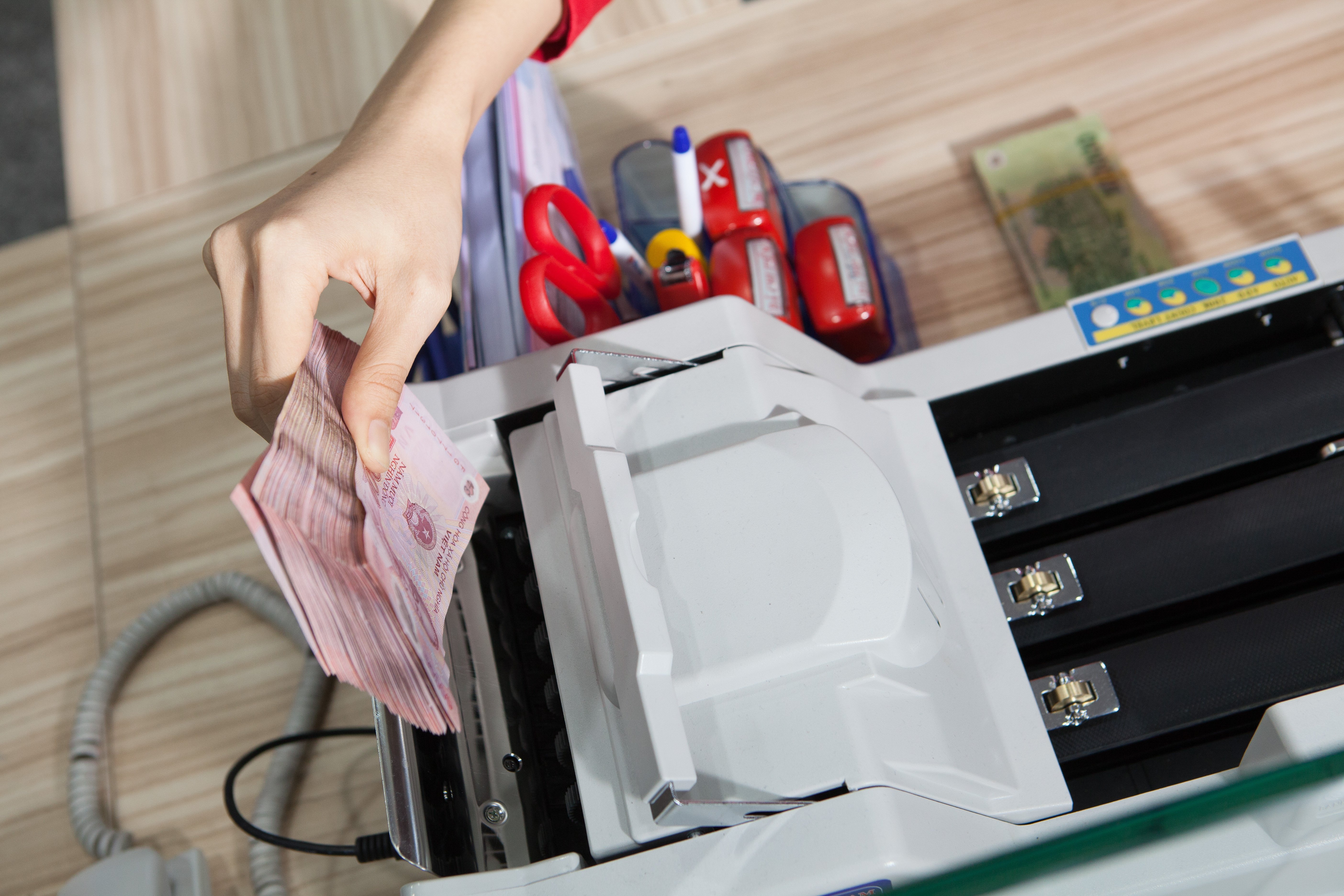
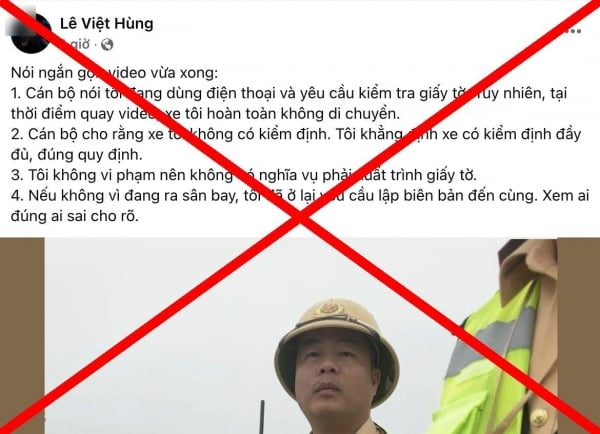
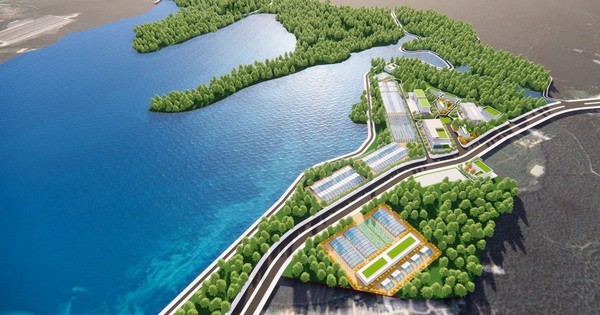




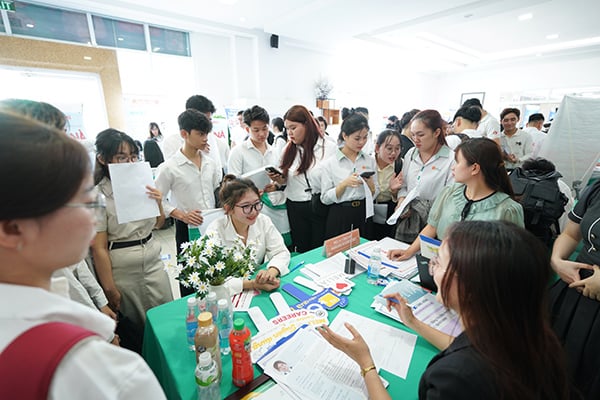


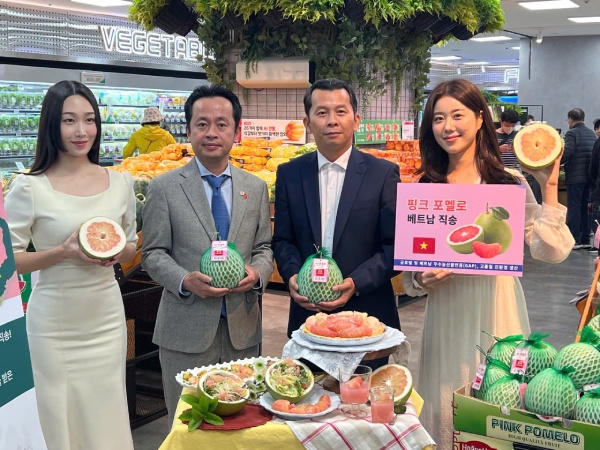
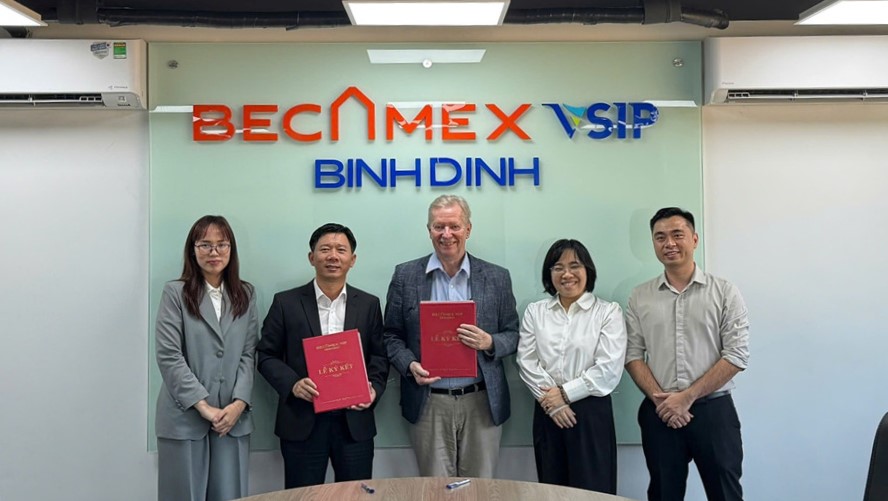
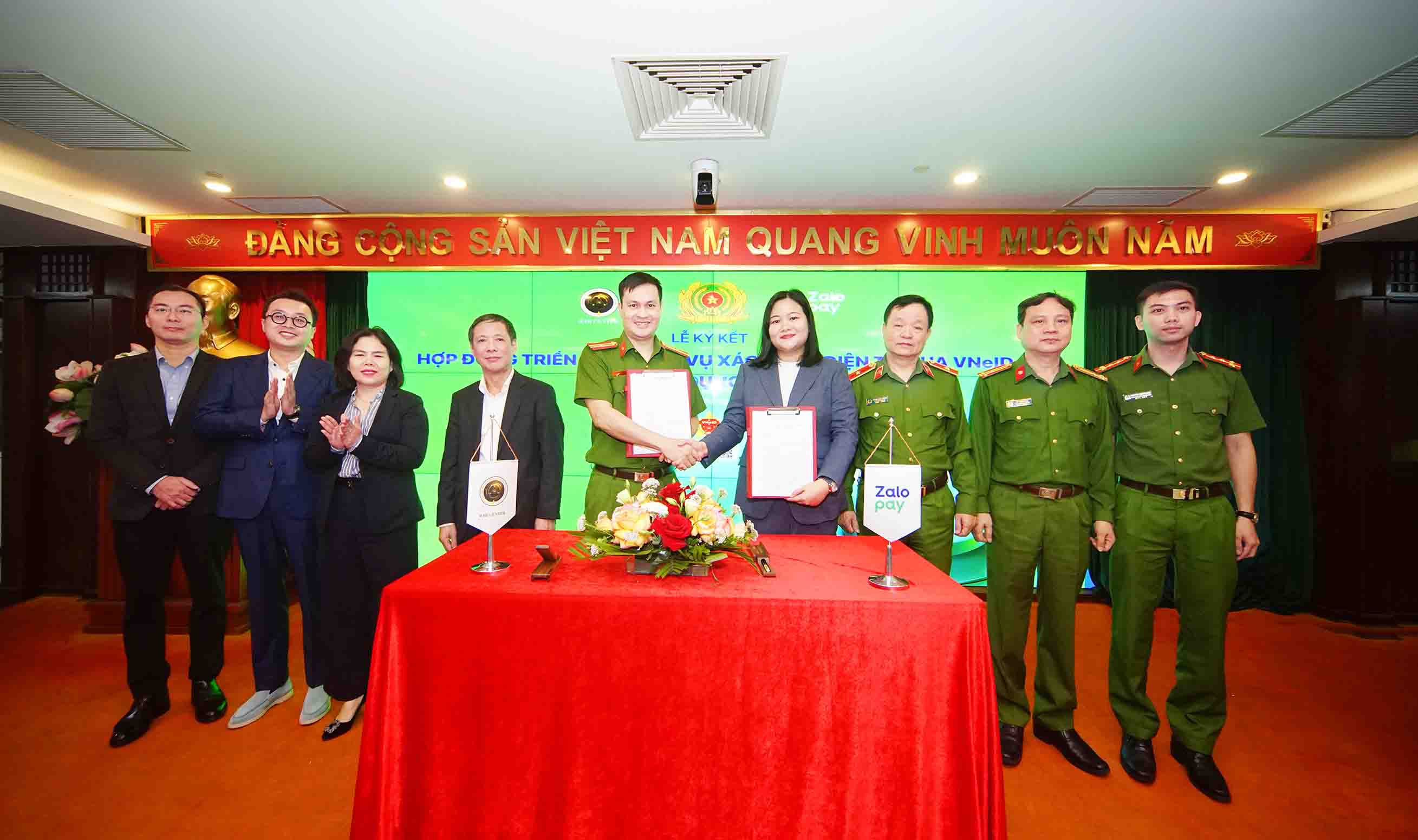
![[Photo] Summary of parade practice in preparation for the April 30th celebration](https://vstatic.vietnam.vn/vietnam/resource/IMAGE/2025/4/11/78cfee0f2cc045b387ff1a4362b5950f)






































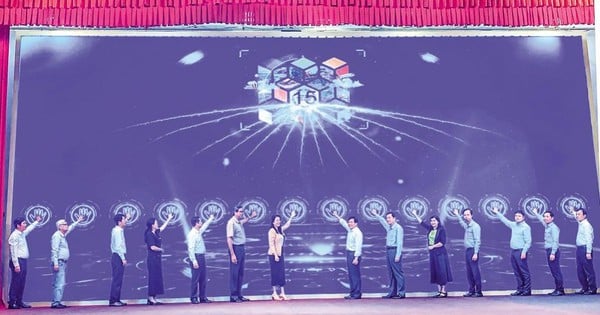


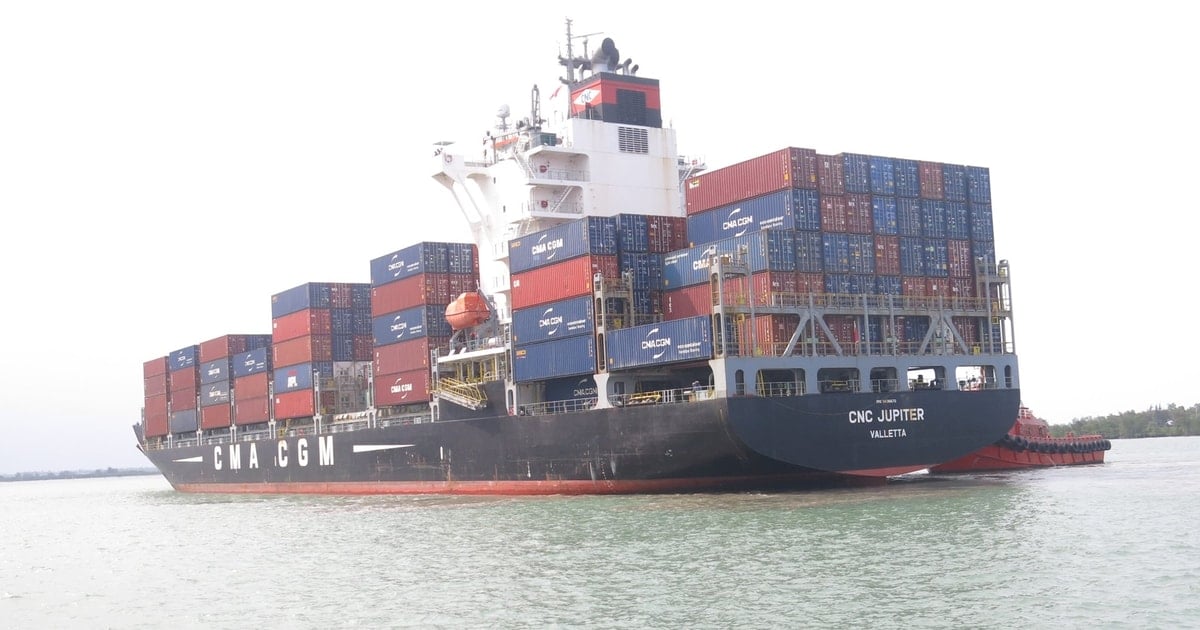


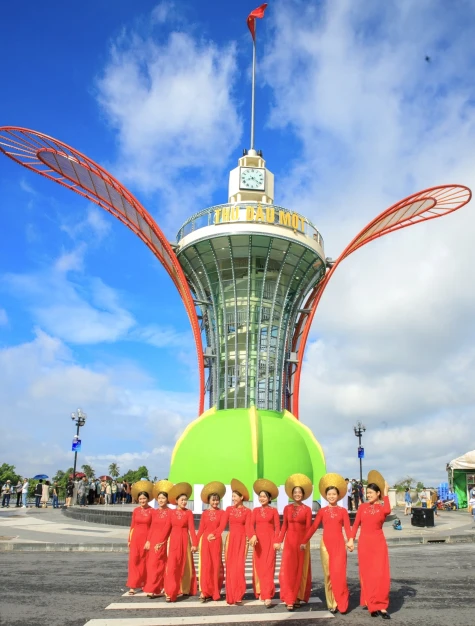

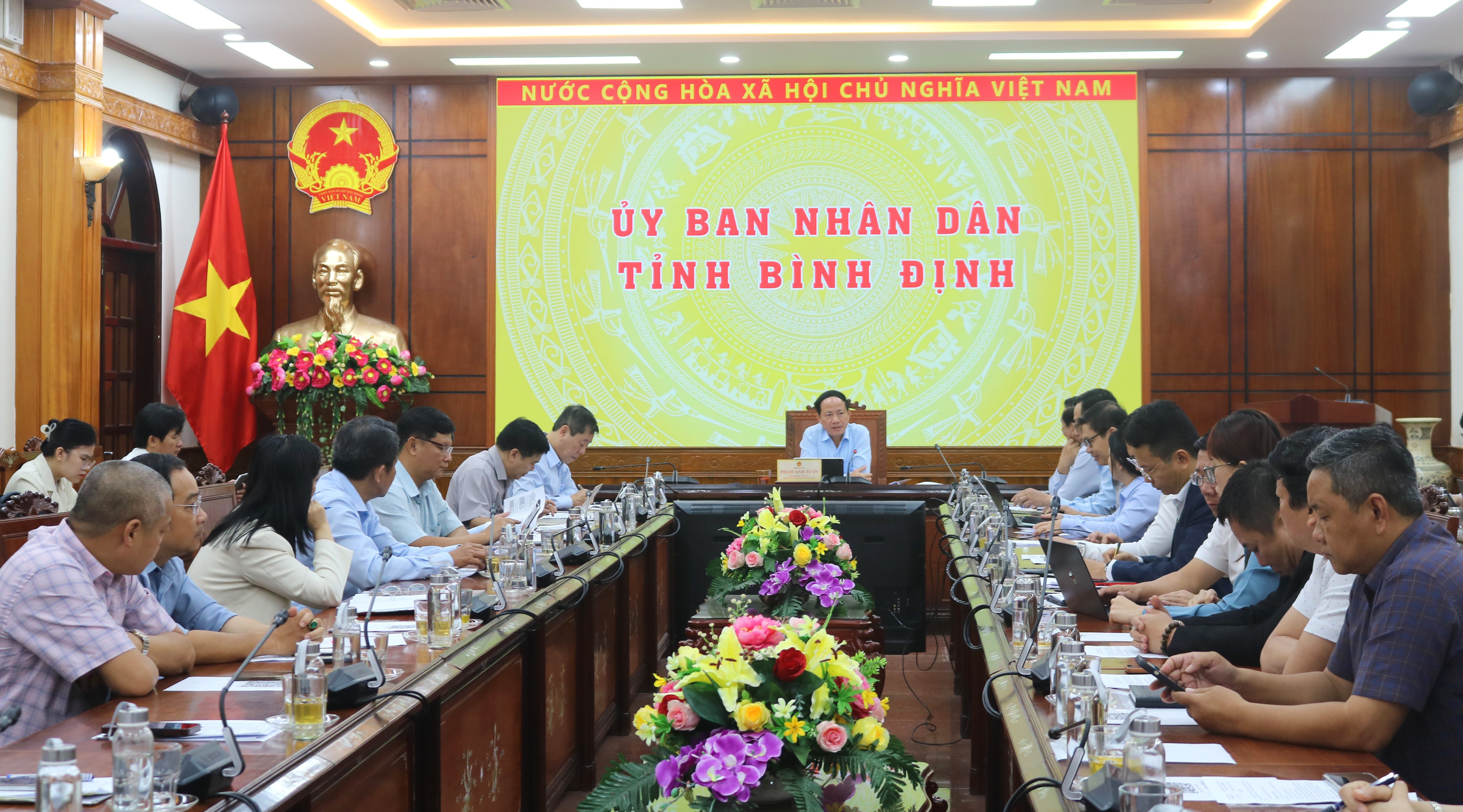


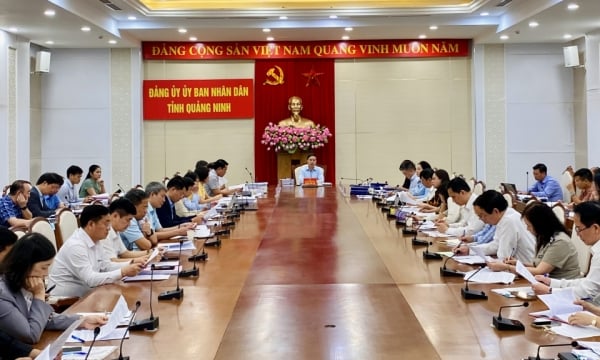











Comment (0)